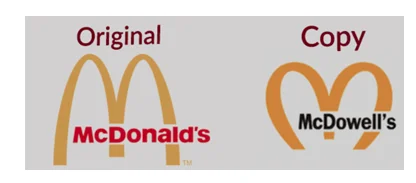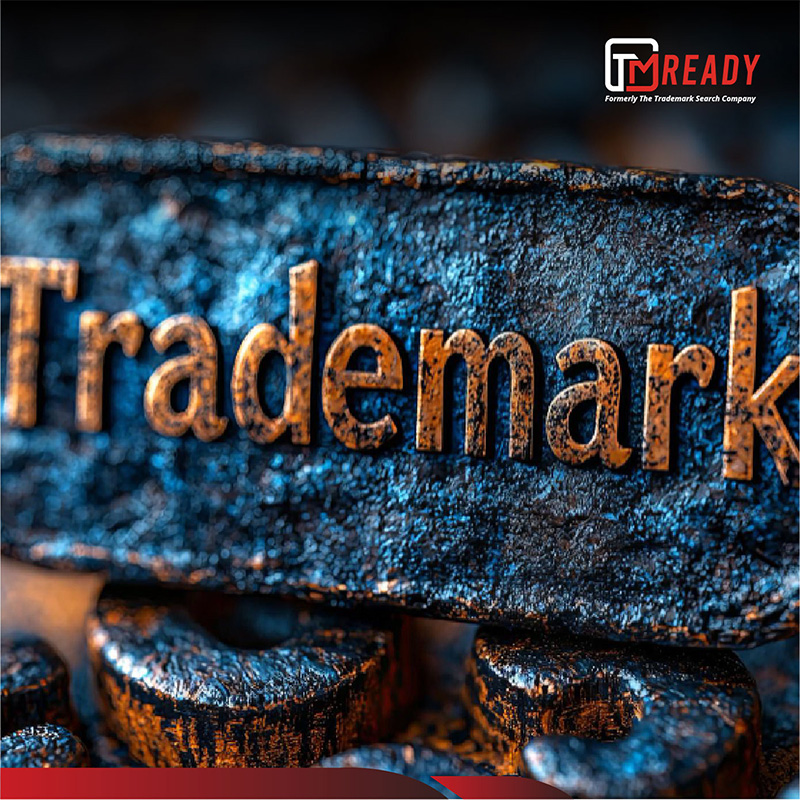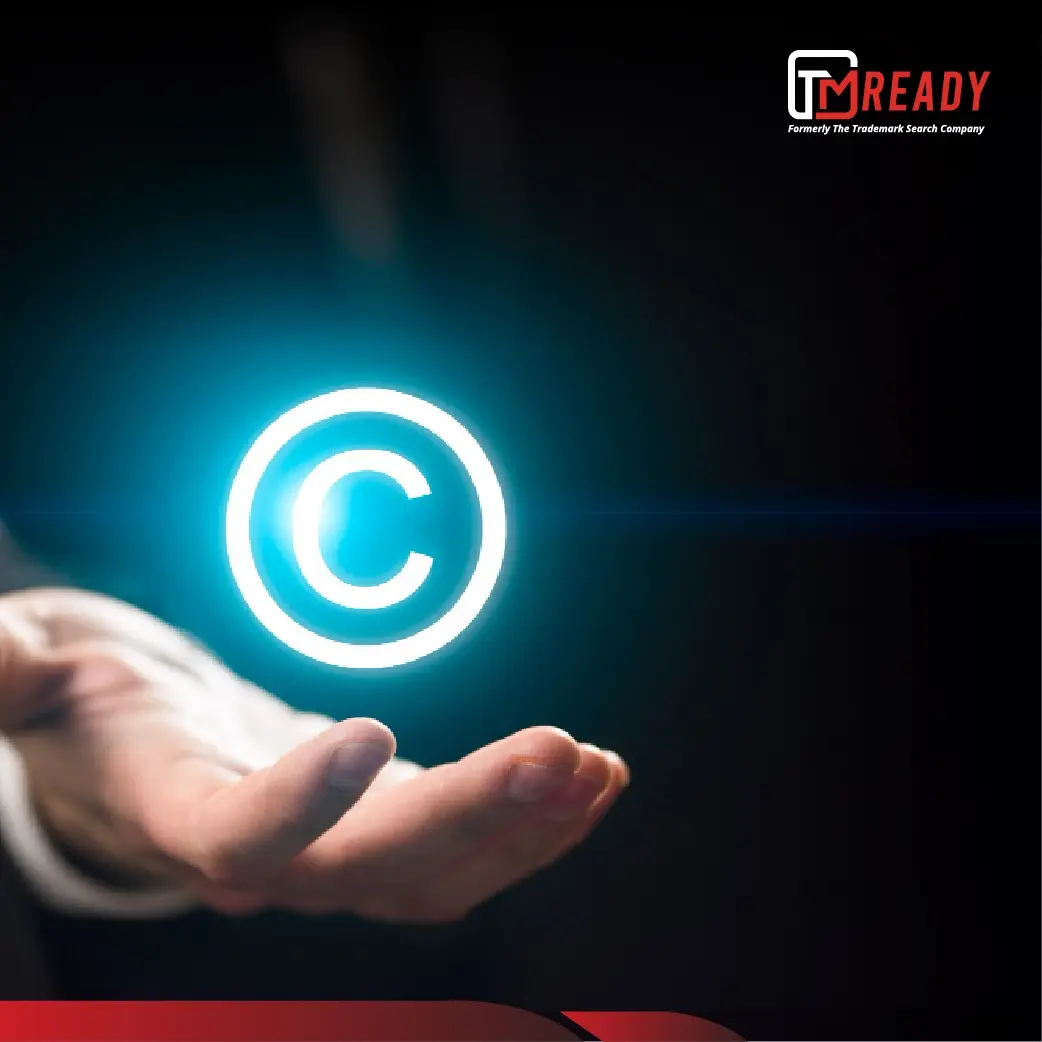For every business to prosper, it must establish brand awareness and recognition. With a distinct sign, logo, word, or combination of words that is legally registered, trademark serves as a unique identifier for a brand/product. At times, trademark legal issues, such as identical advertising, similar-sounding product names, and comparable goods and services might arise that could result in legal implications – this must be avoided given the huge cost factor/effort involved in legal proceedings. It is imperative for businesses to remain vigilant against any legal trademark issues and must strive to avoid them at all costs.
This article is an attempt to understand legal trademark issues in detail, the reasons behind such issues, best practices that can help reduce legal issues in trademarks, etc. But first, let us start by understanding the difference between a trademark and a brand since most people often make a common mistake in correctly identifying them.
Table of Contents
ToggleTrademark vs Brand
A brand is a name associated with a company’s product and/or service that establishes positive image of the brand and evokes emotions of the end consumer. A trademark is a name, logo, color, sound, or phrase that helps identify a company or its products/services. Registering a mark offers legal protection for a brand. For example, the trademark “Nike,” in combination with the Nike “Swoosh” (the company’s logo), defines Nike shoes and distinguishes them from those created by other footwear brands like Reebok and Adidas. Similarly, the trademark “Coca-Cola” distinguishes the brand’s dark-colored soda bottle from a competitor with a similar dark colored soda (e.g., Pepsi).
Thus, while a brand aids in identifying a company and its products or services, a trademark helps prevent competitors from copying the brand image or forging substantially similar identities to cause marketplace confusion. A variety of aspects make up a brand, such as identity, image, personality, character, culture, essence, and reputation.
The next step is to understand the legal issues involved in a trademark.
Legal Take On Trademark Issues
In trademarks, legal issues can occur due to similar advertising, similar-sounding product names, and similar goods and services. The concerned authority’s approval of a business name does not give trademark rights or permit a company to use the name commercially. Registering a similar domain name also does not provide any significant legal rights.
A corporation may have incorporated under a name but can find itself responsible for several offences such as – trademark infringement/dilution, risking an injunction, disgorgement of revenues, payment of damages, and other consequences for using the name. Trademark infringement occurs when a registered trademark is used without the trademark owner’s permission or any authorized licenses; whereas trademark dilution occurs when an unauthorized party uses a trademark in a way that tarnishes or weakens the image of a well-known trademark.
Whenever an application for the registration of a company is submitted, the concerned authority reviews the records to confirm that there is no other corporation or limited partnership with an identical or closely similar name. If such a corporation or limited partnership exists, the new name is generally rejected. It can occur even if the two organizations are in totally different fields of business; the sheer resemblance of the names prevents the second name from being used. On rare occasions, the former company’s consent or a relatively minor name change, such as “ULTIGRA, INC.” to “ULTIGRA SOFTWARE, INC.,” may increase the chances of authorities allowing the new name. Thus, trademarks are complex and legal battles are at times unavoidable.
Common Reasons behind Legal Trademark Issues
The number of legal issues related to trademarks, especially infringement, are increasing at an alarming rate. We will look at some of the most common reasons behind these:
1. Trademarks similar to Designation of Origin: Legal issues in trademarks often arise when a trademark applied for, or being used, is identical or similar to a Designation of Origin mark. As per the law, any trademark that is similar to a Designation of Origin mark cannot be registered or used.
2. Two companies using similar marks for same products/services: Trademark issues can arise when two businesses offer similar goods or services under confusingly similar marks. If the marks fall within the same class or are too close in sound, appearance, or meaning, they may lead to consumer confusion. For instance, if a new company begins selling computers using the mark “Apple,” buyers may assume a connection with Apple Inc. Using an identical or similar mark for the same product can easily result in infringement and potential legal action.
3. Strength of the plaintiff’s mark: The plaintiff’s trademark indicates that the products or services come from a specific source, which is an important point to examine when considering whether the defendant’s trademark is likely to cause confusion with the plaintiff’s mark.Suppose the parties are not direct competitors, but their goods or services are related. In that case, numerous other considerations come into play in calculating the possibility of confusion. These factors include the mark’s strength, the closeness of the goods, the resemblance of the marks, proof of real confusion, the categories of goods/services, the defendant’s intent in choosing the allegedly infringing mark, and the possibility of product line growth.
Louis Vuitton vs. Louis Vuiton Dak is a great example of this. Louis Vuiton Dak is a South Korean fried chicken restaurant that lost out to the clothing designer – Louis Vuitton. The court found in favor of the designer, finding that the name of the restaurant – Louis Vuiton Dak – is too similar to the international brand name Louis Vuitton. In addition, the restaurant’s logo and packaging were strikingly similar to the designer’s trademark iconography. Thus, businesses are often advised to maintain a safe distance from well-known brand identities and avoid mirroring them.
4. Likelihood of confusion: When trademarks and the goods and/or services for which they are used are similar, people may mistakenly believe they come from the same source. When two or more trademarks sound similar, are visually similar, and convey the same general commercial impression, they may confuse consumers.
5. The degree of care: This pertains to the degree of care exercised by the consumer. Generally, a buyer making a very expensive purchase is more likely to be discriminating and is less likely to be easily confused by similar marks. The reason for this higher degree of care is that an average consumer buys an expensive item less frequently.
Therefore, the courts assume that purchasers are likely to be more discriminating and source-conscious when purchasing real estate, insurance, or other “high ticket” items. Under these circumstances, the courts require a more substantial showing of similarity to justify a claim of likelihood of confusion. In the case of inexpensive items, the buyer may not exercise a high degree of care. Therefore, less similarity may be necessary to prove the likelihood of confusion.
Effective Ways to Reduce Trademark Issues Legally
There are numerous practices that can help companies reduce legal issues related to trademarks. The three main approaches have been discussed below:
- Register your Trademark: Trademark rights allow you to prevent others from using your trademarks to sell products or services. These rights also protect consumers because they can determine the origin of the goods or services. Thus, all businesses must register their trademarks well in time to avoid any complications in future.
- Conduct a Trademark Search: Before registering or filing a mark, it is essential to do complete research of the trademark on a trademark database to find out any existing similar or confusingly similar marks. These marks can be a hindrance to the registration of the mark.
If a particular trademark is confusingly similar to a registered trademark, then that registered mark is a source of the likelihood of confusion for the original mark. Therefore, it is crucial to do thorough research for the applied mark as this will save time and money. - Monitor your Trademark: Once the trademark is registered, the trademark owners need to keep a close check on the confusingly similar marks that are possibly being filed and take timely action against them to avoid trademark issues.
Conclusion
Every organization should be aware of the seriousness of legal issues in trademarks and how they might harm the company’s growth. Many legal problems can arise in the market for a particular product or trademark due to their similarity. To avoid such issues, it is necessary to do a pre-filing test, a systematic search to eliminate similar names, logos, icons, etc. TMReady’s trademark search services are designed to help businesses find similar trademarks in the same categories for similar goods and services. Our team of skilled trademark experts provides firms with quick and cost-effective trademark search solutions, assisting them in avoiding infringement and rejection of application.






